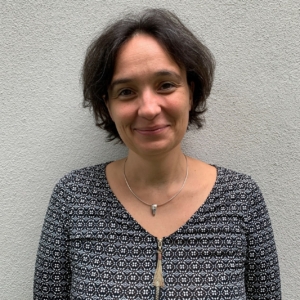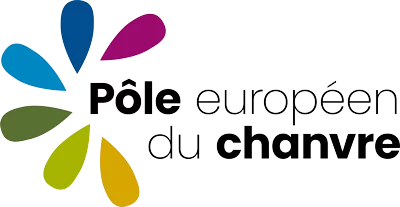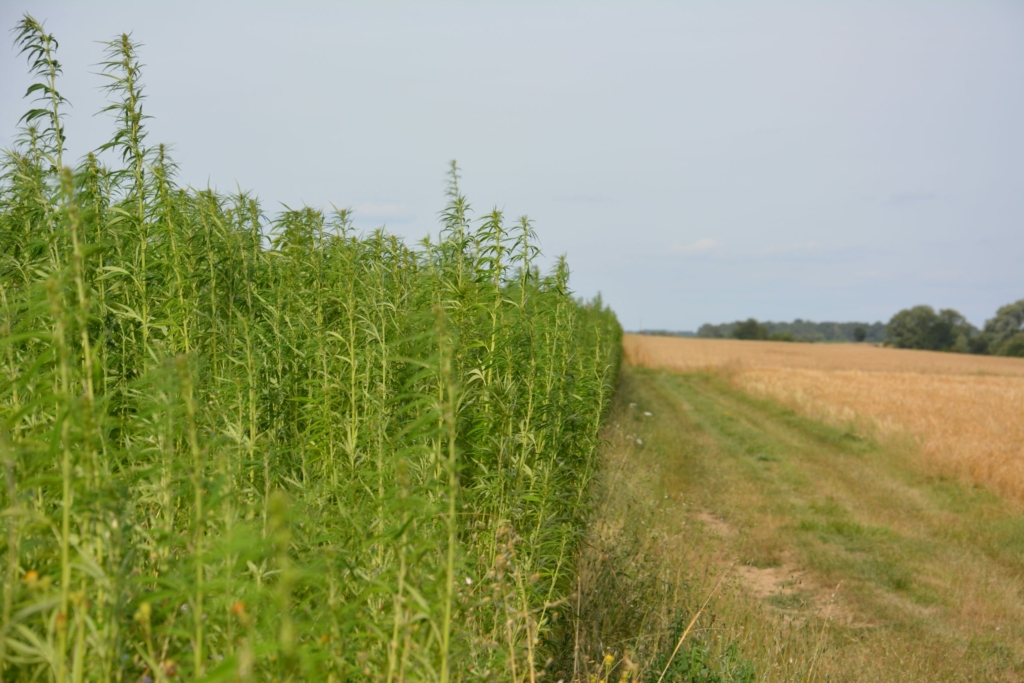Estelle Delangle, Project Manager at the Hemp European Hub, and Grégory Lannou, Director of CEIA, discuss the ecological and industrial role of hemp and the regional cooperation initiatives implemented as part of the Hemp European Hub project.

Estelle Delangle, Project Manager, Hemp European Hub
What is the link between hemp and the circular economy?
Hemp is a quintessentially local plant with two distinctive features: its indisputable ecological and agronomic value and the comprehensive utilization of all its components. There is potentially no waste when harvesting and processing hemp. Furthermore, hemp naturally involves the development of cooperation between actors from very diverse sectors within a given territory. It is therefore a plant that could be considered a symbol of the circular economy..
Can you give some examples?
Let’s take the issue of water. Pressure on this resource, both in terms of quality and quantity, will increase in the coming years.. Hemp provides several answers to these challenges: its cultivation does not require the use of any plant protection products and its nitrogen requirements are limited. Its highly developed root system allows hemp to grow without irrigation.
In the construction and plastics industries, hemp is an alternative to imported raw materials that are mineral-based, derived from petrochemicals, or highly resource-intensive. In the food sector, the use of hemp seeds (seeds) makes it possible to develop short supply chains, create opportunities for the reindustrialization of certain sectors, and promote carbon capture and storage.
Gregory Lannou, Director of CEIA
What is CEIA’s role in the Hemp European Hub project?
The Aube Industrial Ecology Club has always worked on cooperation initiatives between economic players in a region or sector by leveraging resource synergies. This is why the Club is involved as a partner in the preliminary work for the Hemp European Hub. He has notably led the technical group on biorefineries and the circular economy. The objective of this technical group was to anchor the project in a circular economy dynamic by optimizing flow and resource loops. This is to limit the environmental impact of the regional hemp biorefinery. Operationally, based on the conclusions of other technical groups focused on application markets, this involves modeling incoming and outgoing flows around La Chanvrière facility located in the Troyes-Saint-Lyé business park. The idea was to consider how to turn this area into a hemp biorefinery and an industrial symbiosis.
Why is CEIA joining the Hemp European Hub?
After more than two years within the preparatory group for the Hemp European Hub, CEIA has joined forces with other partners. We have arrived at a mature joint effort, the next step of which is formalization. It is unthinkable to stop halfway. The Hemp European Hub provides development prospects for the hemp industry and the regions where it is based. We would like to be involved. Our modeling work can certainly be refined and reused, and further cooperation may emerge. It is in this spirit of openness and collective initiative that we approach the coming deadlines.



